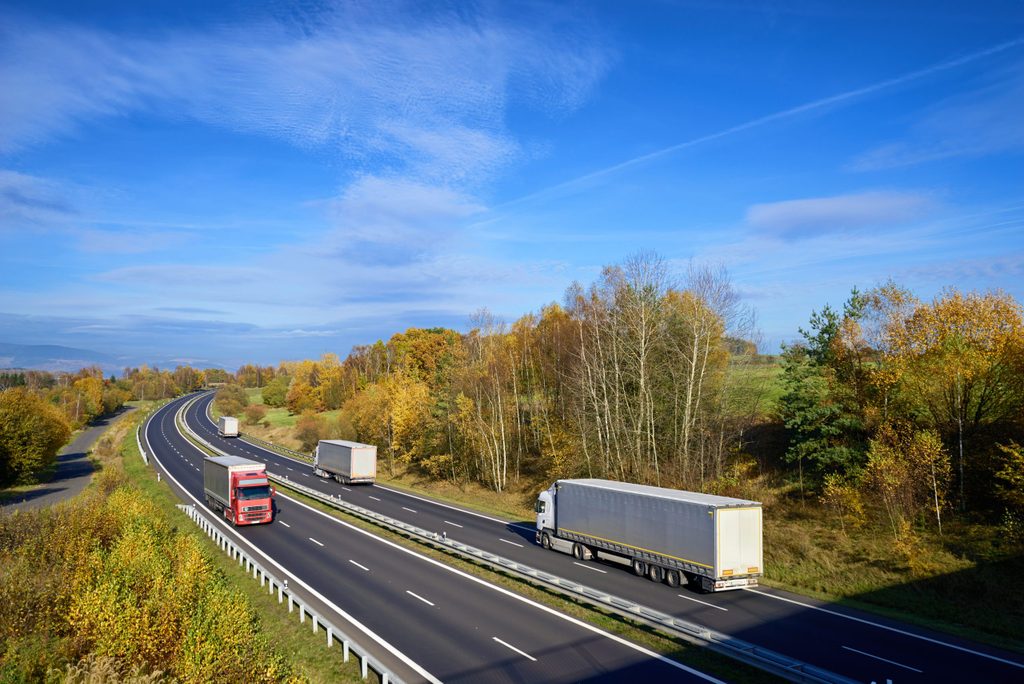
With the recent “dashcam boom” there are now so many camera options available that sometimes it can become overwhelming. So we thought we’d take it back to basics and look at the main difference between what’s on offer; SD vs 3G/4G.
Why are you looking at cameras?
Before you start to weigh up your options. You need to establish why you are looking for a camera system in the first place. Is your company looking at cameras for evidence against insurance claims? To help with driver training and keep costs down? Or maybe company compliance is the biggest factor?
Both SD and 3G camera systems can help with all of the above. However, there are crucial differences in terms of ease-of-use, cost and reliability between the two solutions.
Access to footage
The main distinction between the two types of vehicle camera system is SD card-based cameras require you to physically retrieve the SD card from the camera. Then to download and view the footage you must plug it into a reader on your computer.
If your fleet consists of a small number of vehicles who return to the base every evening, then checking the SD cards is an easier feat. If your vehicles are out for days, or weeks at a time without returning to base it isn’t so easy. It could be possible the footage will become overwritten due to the limited storage capacity of an SD card.
Vehicle cameras with an on-board 3G/4G sim not only send an instant SMS/email alert notifying you of any detected incidents. They also enable remote access to the camera allowing for remote footage downloads and instant saving.
Alongside ensuring that no footage is ever lost, it also means you can provide your insurers with FNOL (First Notification of Loss). Speeding up any claims process and potentially even reducing your overall insurance premiums.
Reliability
If an incident occurs involving one of your vehicles, and it’s your drivers word against another, having inadmissible footage is essential. From your vehicle camera will provide the accurate evidence needed to ensure a fair distribution of blame. Both camera solutions can provide reliability…but only if they are working properly.
Not only are SD cards renowned for being prone to corruption (with manufacturers recommending reformatting every 2 to 6 weeks). They are also very easy to remove by the driver should they wish the footage to be ‘lost’.
The instant download capability of 3G cameras negates these issues. Also, the live wireless connection to the camera enables regular automated remote health checks by the provider. The result? Lost footage is a thing of the past!
Cost ££
The key feature of SD based camera systems is how cost effective they seem at first glance. You can purchase SD dashcams everywhere – even in petrol stations, they are cheap to purchase and easy to get hold of. However, with the risk of corruption and the need to replace SD cards regularly, the extra costs from replacement hardware and vehicle downtime can add up quickly.
3G cameras have a larger upfront hardware cost, plus the added monthly data charge, however, with remote access to the footage there is no need to bring your vehicles back to base, minimising vehicle downtime and saving on fuel costs. Providing your insurers with FNOL can also have a big impact on reducing your insurance premiums.
And finally….Do your research
With such an extensive range of camera systems on the market it can often be difficult for fleet operators to know what will suit their fleet requirements. Take the time to sit down and create a list of everything you need out of your camera system.
Does it need to be FORS compliant? Do you need 360o coverage around the vehicle? Are you vehicles away from base for long periods of time? How much do you want to spend? Will your insurers contribute?
We’ve put together a little summary table to hopefully help answer some of these questions:
SD3G/4GHigh – Remotely download footage at any time or view live. Hard-drive based camera systems are also harder to tamper with.
Also the option for live viewing.
| Cost-effective | Yes | Yes – dependant on the number of cameras fitted plus monthly data costs for the sim | Recording Time | Up to 38 hours before the footage starts being overwritten | Up to 3 months of storage. |
| Risk of Lost Footage | High – SD cards are prone to corruption and have no ability to perform health checks. | Low – can perform health checks at any time. Once automatically sent, instantly download captured incidents from the end-user. | |||
| Amount of Cameras | Up to 2 | Up to 24 | |||
| Durability/Reliability | Low – storage size decreases over time. SD cards require reformatting every 2-6 weeks and are highly prone to corruption. | High – perform remote health checks regularly. | |||
| Ease of Access | Low – footage is only accessible by removing SD from vehicle and downloading onto a computer. | ||||
| Tamper-proof | No – easy for drivers to remove SD card | Yes – footage is automatically remotely downloaded. |
Still not quite sure exactly what camera package you need? AddSecure offer an extensive range of vehicle CCTV options from single forward-facing dash cams to multi-camera MDVR systems, allowing you to build a package to suit your exact fleet requirements.